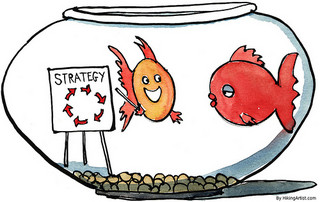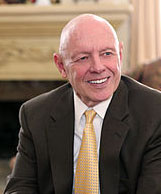In Part 1–”Being a Social CEO–Literally”– I discussed the perils of being a shy, introverted “un-social” senior executive and mentioned that Thought Leader Zone offers guidance for maximizing your impact in a range of face-to-face social situations.
But it’s also important to be a “social CEO” virtually…and we can help you with that, too. You need to be able to connect and interact comfortably in the virtual world, as well as in the real world. As the “face” of your company, you need to be able to interface effectively even when you’re not face-to-face.
Some of the do’s and don’ts for virtual interactions are similar to those for face-to-face interfaces:
- Don’t shout (with all capitalized words)
- Do use words people can understand
- Do find and use your authentic voice
- Don’t talk (blog or Twitter, etc.) unless you have something meaningful to say
- Do listen to what others have to say
- Etc., etc., etc.
But to be a great communicator on social media you need to follow a few more tailored guidelines:
- Communicate on a regular basis — more often when you have something to say and less often if you don’t. Don’t be a slave to a schedule.
- Adopt a tone that reflects your personality, not just conveys content.
- Use diction more suited to a chat room than a boardroom.
- Make sure you have a point to make and make sure it isn’t self-serving.
- Use personal stories to illustrate key ideas.
- Have an opinion.
- Be brief and concise.
- Respond respectively to legitimate positive and negative feedback as quickly as possible.
- Show rather than tell. Offer advice rather than issue orders or tell people what to do.
- “understand that to anyone outside their immediate family and friends, they are the company;
- stay close to public sentiment;
- build strong relationships before they need them;
- don’t ‘wing’ it.”
See related posts:
Part 1: Being a Social CEO–Literally
Part 3: Do Keep Up!










